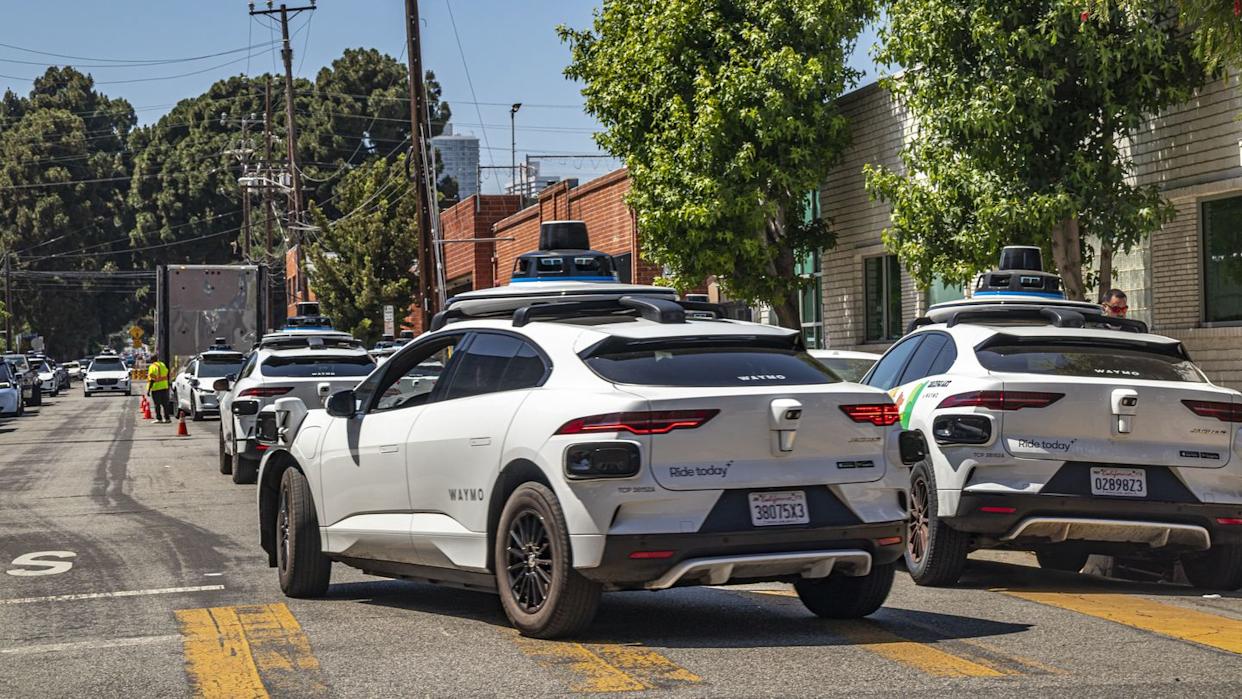
The autonomous vehicle industry, including developers and operators of fleets, currently promise greater safety compared to human drivers.
Operators of autonomous trucks points to a human driver shortage as well as greater efficiency over longer, predictable routes.
Longer-term profitability remains a more distant issue to be addressed, as the ride-hailing industry experiments with scaling its operations in a number of cities and partnering with fleet management companies.
Early on in the days of ride-hailing apps, when Lyft cars had giant, fluffy mustaches on the hoods, it was easy to appreciate the fact that there might have an oversupply of drivers in the gig economy, as unemployment soared, with office workers finding themselves competing for passengers with taxi drivers at the airport.
A decade and a half later, after billions have been poured into autonomous vehicle research, the industry is at a point where SAE Level 4 tech appears to be largely solved on a technical basis, even if fleet-management issues and other auxiliary tech has yet to be worked out.
Since the days Uber and Lyft launched the gig economy, it is safe to say we are now transitioning to a time when fleets of driverless cars and trucks are beginning to carefully roll out in some given cities.
Not a month now goes by without one of the ride-hailing apps or robotaxi operators like Waymo announcing plans to bring a fleet to a major US city, even though all players still appear to be giving the true snow belt, including Buffalo, Milwaukee, and Minneapolis, a wide berth.
But otherwise, the race is on to set up partnerships between robotaxi builders, operators, ride-hailing apps, and fleets to replace the human drivers behind the wheels.
Obscured by the flashy tech and buzzwords, relatively little discussion is permeating into the public discourse regarding why a lot of taxi-type passenger traffic and truck traffic should not have a human behind the wheel.
Most companies readily deploy soundbites regarding safety as well as job creation, as if to preempt the obvious job-loss-to-automation bogeyman argument.
To be fair, greater-than-human safety has been the driving force behind many autonomous tech startups, with companies keeping a careful eye on the number of fender benders per mile driven, and also keeping track of just who was responsible in a particular insurance event.
With Waymo now offering 250,000 paid rides per week, it is inevitable that some fender bender will occur, but the point is they would be minor in scope and not be caused by the robotaxis themselves.
"AV and human data have different definitions of a crash," Waymo notes in its safety methodology, adding that the NHTSA estimates that 60% of property damage isn't reported to police, and neither are 32% of crashes with injuries. "AV operators like Waymo must report any physical contact that results or allegedly results in any property damage, injury, or fatality, while most human crash data require at least enough damage for the police to file a collision report."
The company's own rigorous safety studies aim to greatly reduce the involvement of autonomous vehicles in collisions of all types.
"The percent reductions and confidence intervals show that the Waymo Driver has a large, statistically significant reduction in crash rates compared to the human benchmark across many outcomes and locations," Waymo says.
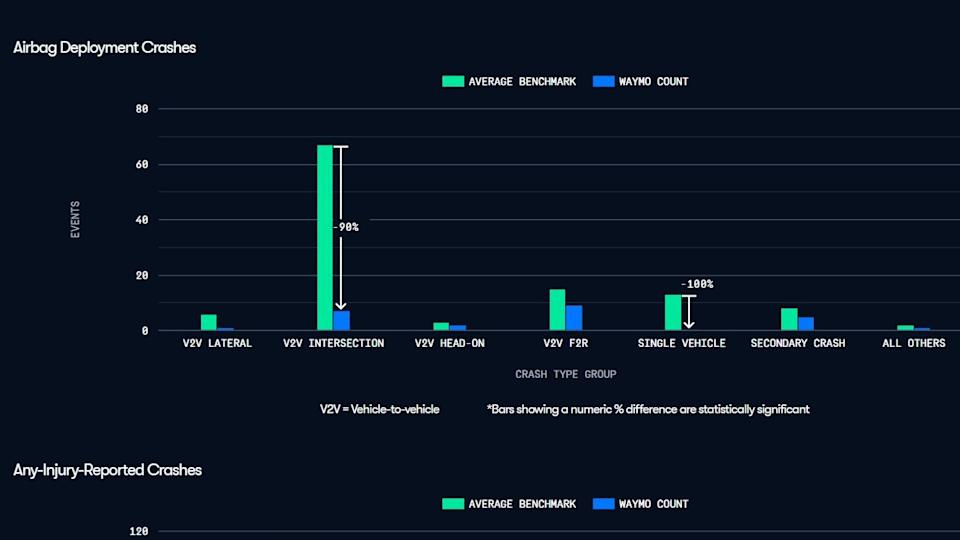
"By making detailed information about crashes and miles driven publicly accessible, Waymo's transparency will not only support independent research but foster public trust. We hope other companies developing and deploying automated driving systems follow suit," said David Zuby, chief research officer, Insurance Institute for Highway Safety (IIHS).
With Waymo and its competitors keeping a close eye on safety statistics in their pitches to municipalities and other institutional customers, the other less-explored pitch has included job creation—or rather, trading a relatively low-skilled driving job for a high-skilled tech job, which includes keeping an eye on fleets of autonomous vehicles from a remote control center.
And the similar case is being made across the Atlantic, with predictions for job creation, (while glossing over some low-skill job losses).
"A thriving connected and automated mobility (CAM) sector in the UK has immense potential, as our most recent cross sector report found, with the ability to deliver up to £66 billion ($88 billion) annually by 2040 and create 342,000 jobs," the UK's Society of Motor Manufacturers & Traders (SMMT) estimates.
Of course, while creating higher-paying tech jobs, the costs of those salaries will also be borne by fleet operators. That is to say, thus far it has been far cheaper to hire a bus driver than a software engineer to watch over a fleet a buses remotely, and this is something that the industry is only now starting to address, with scant view of the longer-term viability of this business model.
Likewise, the robotaxi and ride-hailing industries have been mum on the costs of owning and running a fleet of their own robotaxis, versus paying a cut to a human driver who owns his or her car and exists as an independent contractors rather than a full-time employee—itself the subject of protracted, years-long litigation in the US.
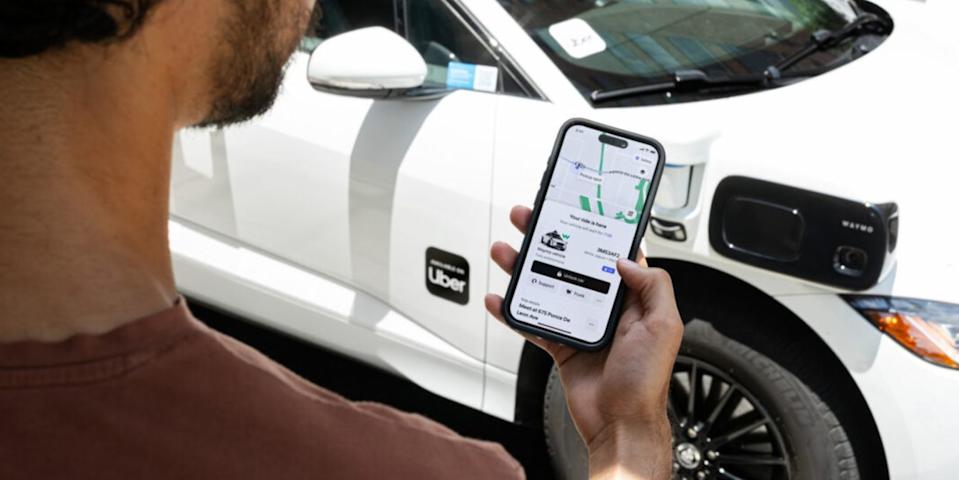
As you can imagine, the difference in costs at the moment is vast, even with the drops in the costs of AV sensors over the past few years. And there is still the matter of who owns a whole car, autonomous or not.
But it is also worth noting that Uber had been unprofitable for years even while its independent contractor drivers used their own cars, pointing to some deeper issues with the business concept. So the concept of Uber suddenly owning thousands of robotaxis and employing actual employees (rather than independent contractors) to keep them running is a brave one, to put it mildly.
It is also why Uber has recently turned to partnering with robotaxi fleet owners and merely offering its ride-hailing app and user base to the effort, keeping clear of the real-world economics behind the actual operations of fleets of expensive robotaxis.

Putting that issue aside for now, yet another commonly heard reason autonomous driving is seen as a good thing in the realm of the trucking sector, has been a driver shortage coupled with the previous two theses: Greater road safety and job creation.
"Given the current supply chain crisis and labor shortage, there has never been a more critical time to deliver autonomous trucks, and we're honored to have world-class leaders across the transportation and logistics industries advising us as we fine-tune and prepare to deliver Aurora Horizon to the market at scale," said Aurora Co-Founder and Chief Product Officer Sterling Anderson back in 2021.
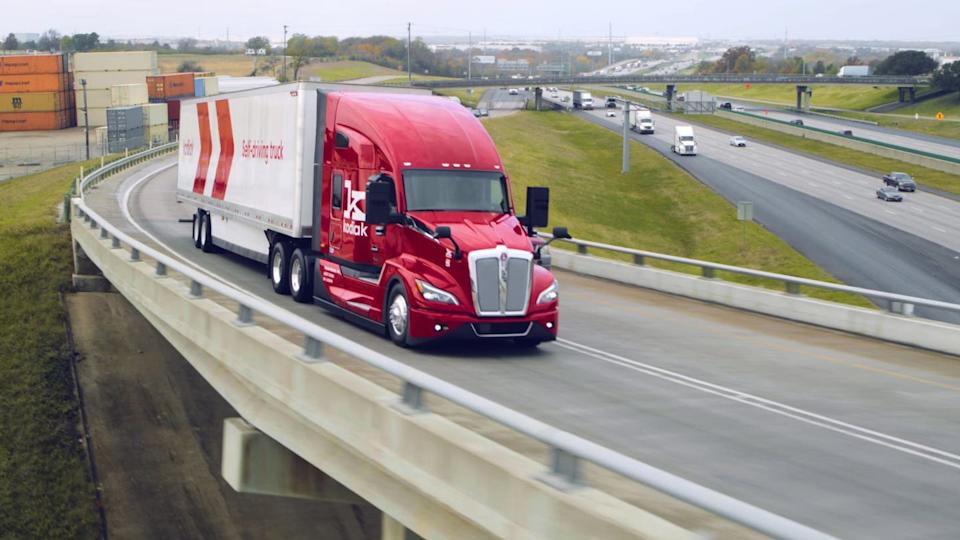
The trucking industry is likewise touting job creation as part of truck route automation, seemingly eager to trade higher-paying tech jobs in favor of lower-paying driver jobs in the name of greater trucking safety.
"Self-driving technology will transform the economics of truck utilization and supply chain efficiency which has the potential to benefit workers, the environment, shippers, and consumers," said Steve Viscelli, a member of Aurora Innovation's Advisory Council, and Author of The Big Rig: Trucking and the Decline of the American Dream.
It remains to be seen whether all of these benefits of autonomous driving will arrive as promised, but for now it is worth keeping an eye on the economics of robotaxis versus human gig-economy drivers.
It is also worth keeping an eye on how the rental car industry is set to enter a symbiotic relationship with ride-hailing companies and robotaxi operators alike in the coming years, as they happen to be natural contenders for a cottage industry of robotaxi fleet management.
Will robotaxis soon be able to achieve profitability versus human ride-hailing drivers working for apps, or will that be possible only in a more distant future, likely past 2035? Let us know what you think in the comments below.

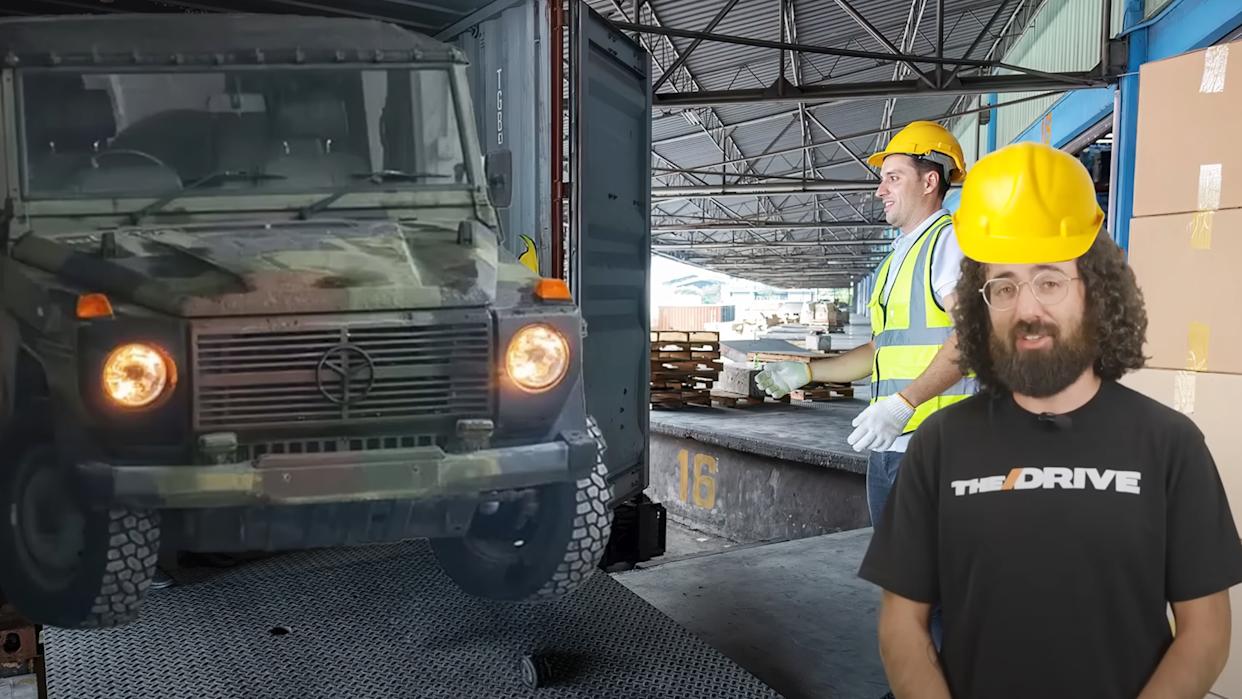



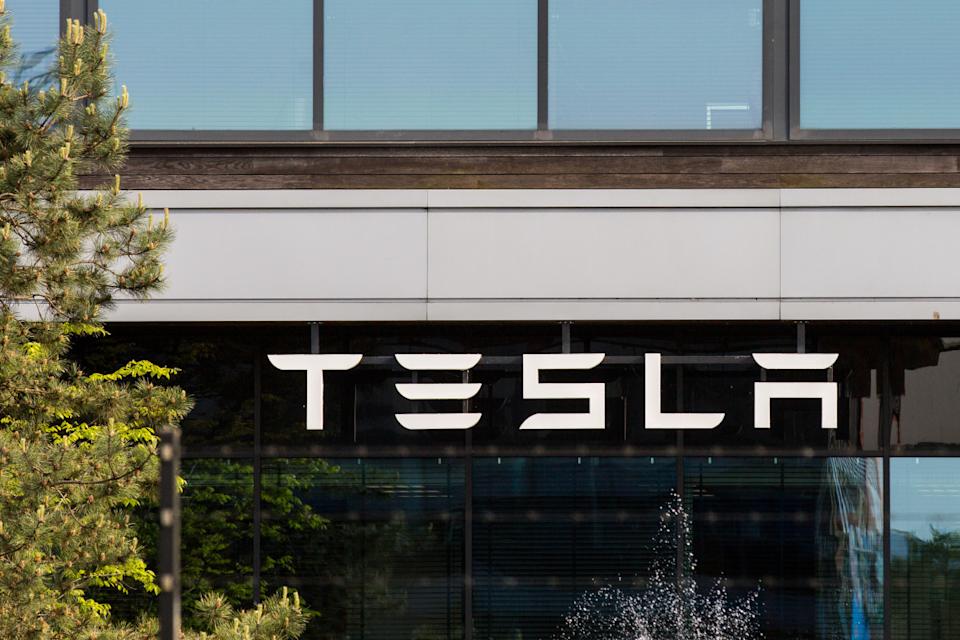


Comments